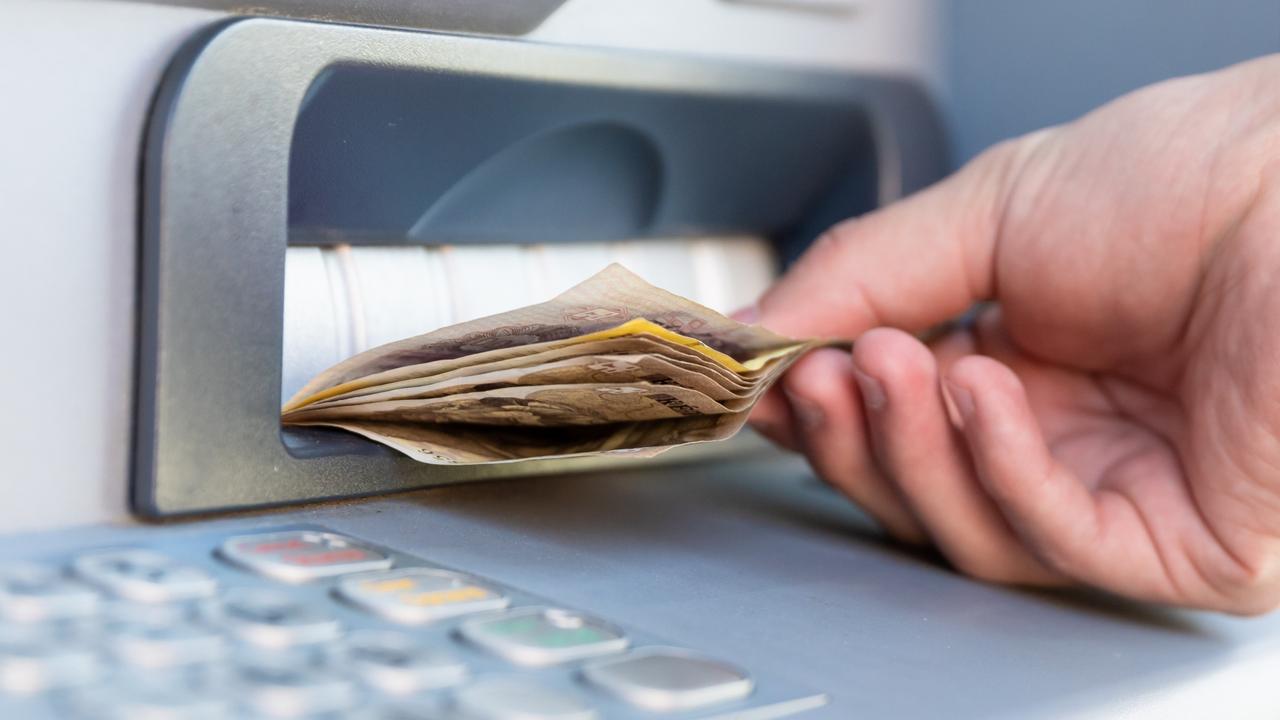Macquarie Bank customers will no longer be able to use cash at its branches from later this month as part of its transition to a fully digital model.
The bank first announced in September last year that it would phase out cash and cheque services across all its banking and wealth management products from January to November 2024.
“Cash and cheque services (deposits and withdrawals) may not be available at Macquarie offices from May 20, 2024,” the bank said at the time.
From May 20 customers will also be unable to order a new cheque or deposit book.
Phone banking services were ended at the start of March.
“Instead, you’ll be able to make payments digitally — a safer, quicker, and more convenient way to bank,” Macquarie said.
Macquarie is also ending its partnership with NAB branches, meaning cash and cheque deposits and withdrawals won’t be available for Macquarie customers at NAB branches from November 1.
Following Macquarie’s announcement last year, the big four banks rushed to reassure customers that they would maintain in-branch cash services.
However Commonwealth Bank, NAB and ANZ have stopped handling cash in a few branches, and banks’ efforts to make it more difficult for customers to transact in cash have sparked backlash.
According to the Australian Banking Association (ABA), just under 99 per cent of all customer interactions with banks now occur digitally, while more than 1600 Australian bank branches closed between 2017 and 2022.
The Reserve Bank says the Covid pandemic accelerated the decline in cash use.
Only around 13 per cent of payments were made using cash in 2022, according to the RBA’s consumer payments survey, down from 70 per cent in 2007.
Meanwhile Australian Bureau of Statistics (ABS) data reveals a dramatic drop in ATM use in recent years, down from 78 million withdrawals in December 2008 to only 30 million in June 2023.
The pandemic also saw more businesses refusing cash altogether, although cash acceptance remains high overall at 94 per cent in June 2022, from 99 per cent in February 2020, according to the RBA.
“I’d say we’ll be functionally cashless by the end of 2025 — it’ll just be a complete rarity,” Richard Holden, professor of economics at UNSW Business School, told news.com.au last year.
“But unless the government gets involved to accelerate the process I think we’ll be actually cashless by 2030.”
Prof Holden argued there were very few genuine use cases for cash “other than illicit acts or people who want to use cash to hide things from people”.
But Chris Vasantkumar, a lecturer at Macquarie University whose research includes the “anthropology of cash and cashlessness”, argued cash was “unlikely to go away completely”.
“On a personal level, some folks (indeed some societies) have serious concerns about lack of privacy — this is the flip side of a popular argument for moving to cashless transactions — decreased crime as a result of increased transparency,” he said.
“But one person’s transparency is another person’s surveillance. How much information about our economic behaviour are we comfortable giving up?”
Dr Angel Zhong, an associate professor of finance at RMIT, predicted a cashless society where digital payments would be over 90 per cent but “it does not mean that cash as a legal tender will lose value or disappear from society”.
“People who don’t use cash might still be concerned about the security of their digital transactions and the safety of their financial information,“ she said.
“Even though they don’t use cash, people might still be wary of becoming too dependent on digital technology for everyday transactions.
